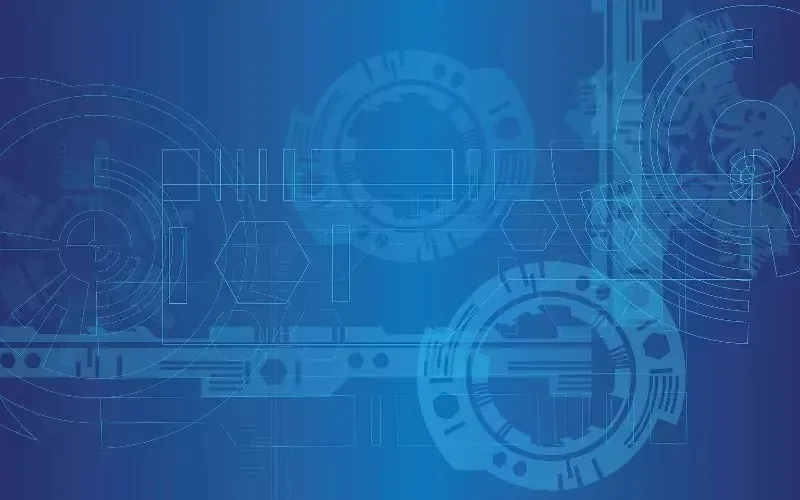In the face of a widening STEM skills gap, Matr emerges as a beacon of innovation, offering targeted tutoring solutions.
Utilising technology, the company seeks to democratise education and provide quality learning experiences for all UK students.
Addressing the STEM Skills Gap
The United Kingdom is experiencing an alarming growth in the classroom population, with an estimated increase of 20% by 2025. This trend intensifies the pressing need to address the skills gap in STEM (Science, Technology, Engineering, and Mathematics) education. According to Tom Hooper, the founder of Matr, technology offers viable solutions to this issue by making tutoring more accessible, particularly for disadvantaged students.
Matr’s Technological Approach
Matr, a London-based educational technology company, leverages technology to make tutoring accessible to a wider range of children. Hooper explains that traditional one-to-one teaching, although effective, is financially out of reach for many. Matr addresses this by providing online teaching assistants, collaborating with schools to offer on-demand, one-on-one learning experiences. This approach utilises skilled tutors from India and China, enhancing affordability in the UK.
Through Matr, hundreds of tutors are able to deliver personalised lessons to students, aiming to plug the educational gap effectively. This method not only broadens access to quality education but also raises educational standards through consistent, data-driven improvements.
Investment in Quality Education
Backed by a significant £4.75 million funding round led by University College London, Matr is focused on expanding its offerings.
The company is investing in the development of AI to improve online teaching efficacy. Moreover, Matr collaborates with the university to create occupational qualifications for online educators, underscoring the commitment to quality in this emerging sector.
Matr has already facilitated half a million educational sessions across the UK, demonstrating its impact on raising the educational standard. The strategic investment in technology and tutor training is essential to sustain and enhance this progress.
The hallmark of a robust education system lies in meticulous training and safeguarding protocols, which Matr diligently incorporates into its framework.
The Role of Artificial Intelligence in Matr
Artificial intelligence plays a pivotal role in Matr’s framework, augmenting the teaching process rather than replacing traditional methods. The data derived from extensive one-to-one lessons informs best practices, which are then integrated into Matr’s teaching platform strategically.
Hooper emphasises that AI is an adjunct to human teaching, offering insights and efficiencies without overshadowing the irreplaceable value of human interaction in education. This nuanced role of AI in teaching underscores its potential to enhance, not substitute, educational quality.
Challenges and Future Expansion Plans
Despite significant technological integration, Hooper acknowledges that teaching is inherently challenging and cannot be entirely commoditised. Matr’s strategy is to use technology to augment value creation rather than replace the human touch in education.
Looking ahead, Matr has ambitions to expand its subject offerings beyond mathematics to include areas like languages and sciences, which can be catered to consistently on a global scale.
Matr’s Vision for Education
Tom Hooper articulates a vision where technology complements traditional education rather than replaces it, advocating for a balance between innovation and human-centric teaching.
He believes that educational purity rests in direct knowledge transfer, with technology serving as a facilitator rather than a disruptor.
Social and Economic Implications
Matr’s approach has broader implications for educational equity, potentially bridging gaps for disadvantaged groups and ensuring equal opportunities for quality learning across socio-economic lines.
Matr’s innovative approach demonstrates the powerful potential of technology in education, addressing both accessibility and quality. In navigating the challenges of the modern classroom, Matr exemplifies how integrating human interaction with technological advancement can create effective learning solutions.
The pathway to educational equity and excellence lies in leveraging technology while preserving the irreplaceable human element of teaching.

